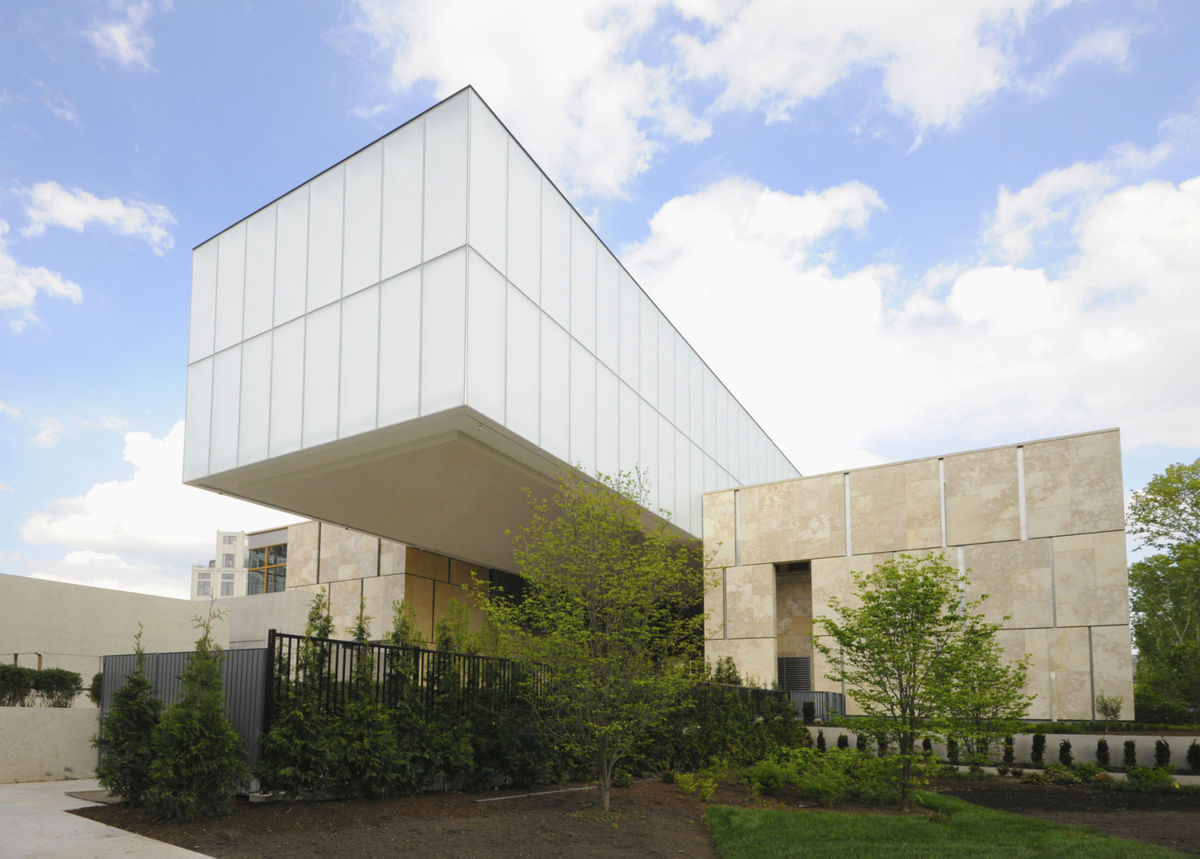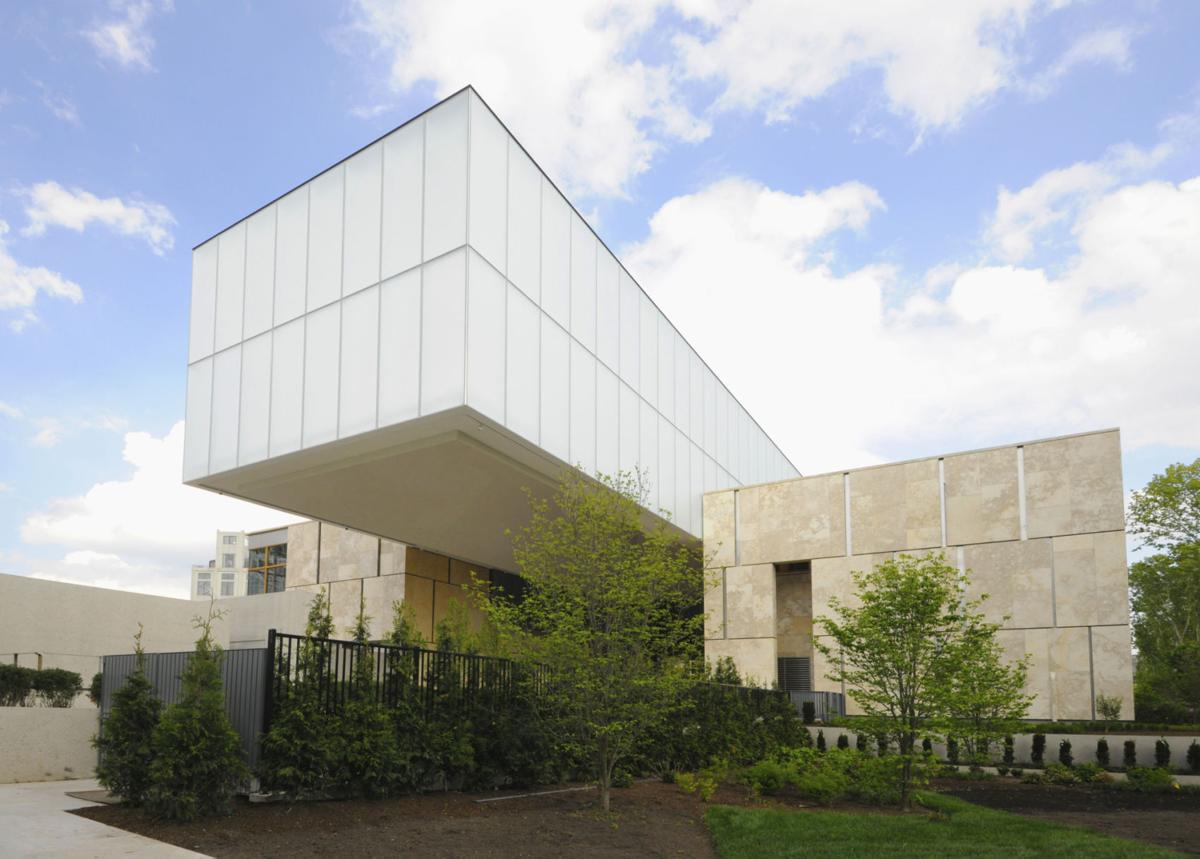It’s wall to wall art at the Barnes Foundation in Philadelphia

Click here to view original web page at lancasteronline.com

PHILADELPHIA — Albert Barnes began collecting art in 1911, sending artist William Glackens to Paris with $20,000.
Glackens, a high school friend of Barnes, returned with 33 paintings and works on paper, including van Gogh’s “The Postman,” Picasso’s “Young Woman Holding a Cigarette,” a Cezanne and a Renoir.
A little over 100 years later, in May 2012, the Barnes Foundation opened a new museum on the Benjamin Franklin Parkway in Philadelphia,.
The collection now includes 2,500 objects, including 800 paintings.
Those paintings include 181 Renoirs, 69 Cezannes, 44 Picassos and 59 Matisses, among many others.
A visit to the Barnes is quite an experience.
You will be immersed in art. The walls of the galleries are packed with paintings and the rooms feature pieces of furniture and a wide variety of hardware, including over-sized hinges, latches and keys.
There is seemingly no rhyme or reason as to why a Renoir hangs next to a van Gogh or why a metal boot scraper hangs near a Charles Demuth painting. But there they are.
The work envelopes and often overwhelms. No other museum is quite like the Barnes.
Perhaps a little history is in order.
Barnes, who was a medical doctor and worked as a chemist, developed, along with Herman Hille, a drug they marketed as Arygol, which prevented gonorrheal blindness and other pathogenic infections to the eyes of newborn infants.
He made a fortune from the company, bought out Hille and sold it in 1929 for $6 million.
That fortune fueled his art collecting, which lasted until the end of his life.
Barnes had a terrific eye and free- spirited ideas. His collection grew, especially during the Depression, when many people were desperate to sell their art work. .
By 1922, he started the Barnes Foundation, opening a museum to house his collection in 1925 in Merion, a suburb of Philadelphia.
Very specific about how he wanted the paintings hung and seen by the public, Barnes believed connections between form and shape were more important than subject or chronological order.
As Jed Perl wrote in an article in the New Republic, those tightly packed walls of art served a purpose.
“By rejecting the traditional measures of artistic development and systems of organization by genre or subject — by juxtaposing paintings by artists who worked in different centuries or at roughly the same time but in radically different styles —Barnes pushed visitors to grasp what he regarded as deeper formal and expressive affinities. The way a rectangle is organized, the way colors are juxtaposed, the way brushwork is activated: these could yield, for Barnes, mystical insights into the unity of all experience. “
The collection never toured, reproductions were not allowed and visitors were limited.
Barnes died in 1951 in a car accident. His will left strict rules about the collection, including never moving the works away from the building in Merion.
Conflicts simmered for decades, coming to a head in the 1990s, when complaints surfaced that the collection needed costly repairs, but there was no money. (One problem was the foundation had huge legal bills.)
Some wanted the museum to stay in Merion and stay true to Barnes’ desires. Others wanted the collection to move to downtown Philadelphia, where it could be seen by more people.
The courts eventually sided with moving the collection, though the original arrangement of the works had to be maintained.
Architects Tod Williams and Billie Tsien were hired to design the museum. There was intense pressure to get it just right (whatever that meant) and please both sides.
The consensus among art critics is that they succeeded admirably.
Roberta Smith, in the New York Times, wrote that the new museum “is still very much the old Barnes, only better.”
While I am not an expert on the Barnes collection, having been at both the Merion and Philadelphia locations only once, I must agree.
There is a fresh warmth to the new site. It feels less exhausting than the Merion building did, though I am not sure why, since it’s pretty much exactly the same, including the 24 galleries, the proportions of the rooms, the window placement, the southern orientation and the same burlap wall covering.
I love the fact you can identify the paintings much more easily, with guides in each gallery that include photographs of the work.
The lighting is warm but brighter, making it easier to see the vast ocean of art that awaits you.
The entrance to the museum is on the bottom floor, which also contains the gift shop, a lounge area, restrooms, coat check, an auditorium, a dining area and an education library.
Upstairs is a vast lobby and entrance to the galleries. Everything is designed to be calm, in warm beiges, whites and browns.
The first gallery is the largest, with Matisse’s mural “The Dancer” looking down into the room. (It might be easier to see on the second floor). Large windows look out on the gardens, which on the day I went were small stark naked trees.
And there is the art, hung exactly as it was in the Merion location.
Nothing in the collection is overexposed, popping up everywhere on T-shirts and cheap posters, since the collection was hidden away in Merion for so long, .
Yet we know these artists, they have become part of our cultural shorthand.
You know a Renoir when you see it and its plush contentment with life.
A Picasso, regardless of what period, is instantly recognizable, a Cezanne just feels right, even with slilted perspectives.
The large room has doorways on either side that open up a warren of galleries that make a large circle around the main room. The idea is repeated in smaller fashion upstairs.
Each gallery offers a place to sit and contemplate the work.
Barnes’ penchant for including furniture and hardware is on display.
Every gallery features a piece or two of furniture, including wardrobes, tables, benches, stools and chairs. In one gallery on the second floor, which focuses on small African sculptures and masks, several different chairs from different eras and countries, contain deep threads of connection.
And the hardware is there, hanging on walls and resting on tables or the floor.
You’ll find oversized hinges, latches, forks, spoons, keys and hasps.
There’s an ice chipper, andirons,and candlesticks,
I have to admit I don’t quite get why I giant fork makes a statement next to a Renoir painting, but the museum encourages you to think about it.
I found two Charles Demuth paintings on my visit: “The Ladies Will Pardon My Mouth’s Being Full” and “No, No O God.” Both are from 1918 and both are water colors and graphite on woven paper.
Lancaster owes a debt of gratitude to Barnes. He became friends with Demuth (and visited him at his home on East King Street) and helped Demuth become one of the first people to obtain insulin, a brand new treatment for diabetes, which at the time, was considered a death sentence.
In addition to the collection, the museum has an area reserved for special shows. “Picasso: The Great War, Experimentation and Change,” runs through May 9. (This exhibit requires an additional ticket charge.)
I am not sure that Barnes had brilliant insight in all of his choices, but on this, my second look at his eccentric ideas, I found myself warming up to the idea that you could throw a bunch of great paintings by the greatest artists of the early 20th century up on the wall and see that they all stuck, that connections could be found.
When: Open every day but Tuesday, 10 a.m. to 5 p.m. Evening hours on the first Friday of the month, from 6 to 9 p.m.
Cost: Adults, $22; seniors, $20, youth, $10.
Click here to view original web page at lancasteronline.com
March 7, 2016
